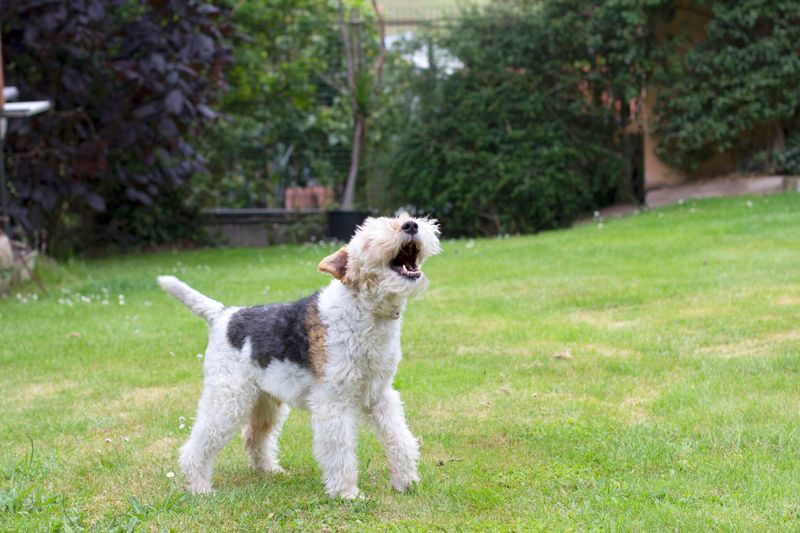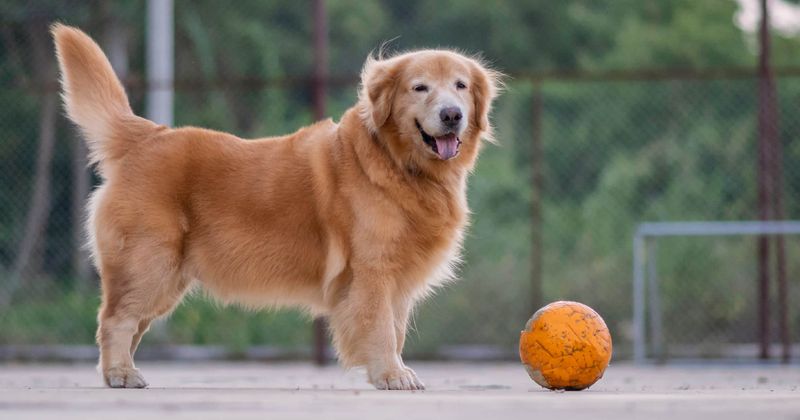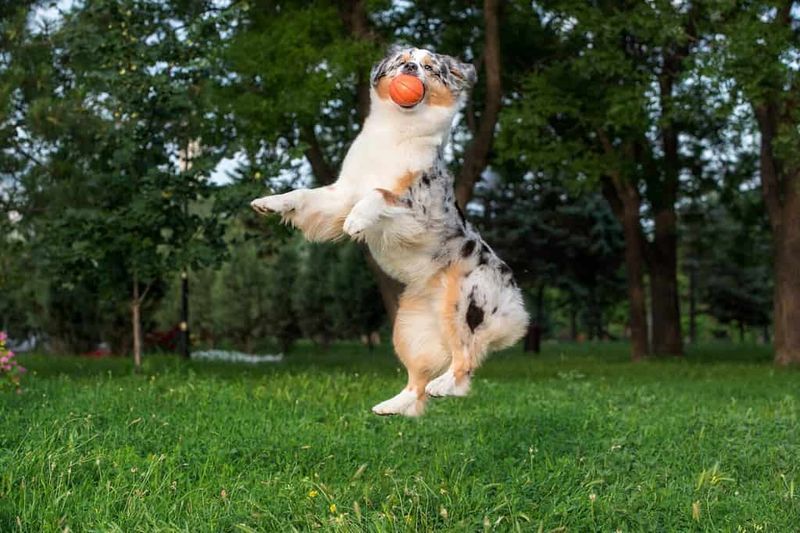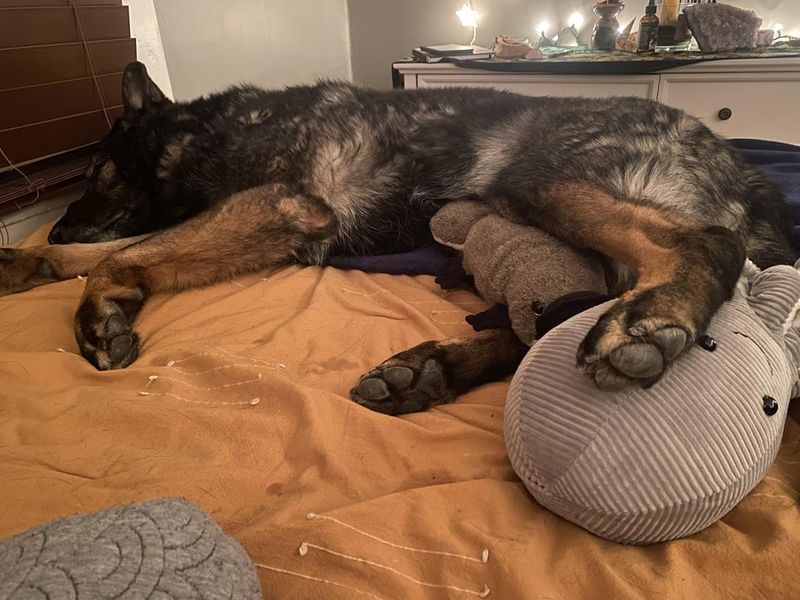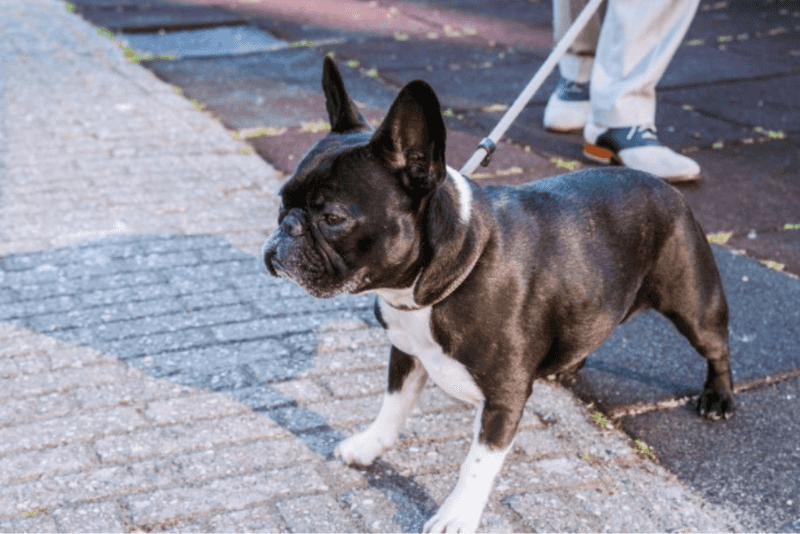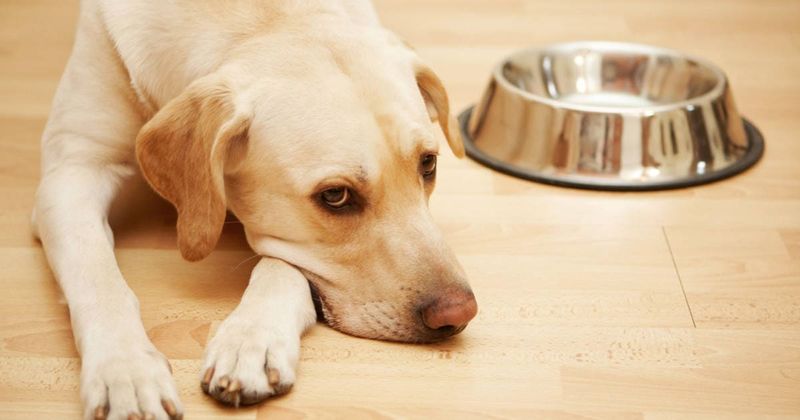Understanding the balance in your dog’s exercise regimen is crucial for their health and happiness. Here are the signs that your canine companion might need more physical activity and those that indicate you may be pushing them too hard.
Increased Destructive Behavior
When your normally well-behaved pup starts taking an interest in chewing shoes or shredding pillows, it might be a sign of pent-up energy. Dogs often turn to destructive behavior when they aren’t sufficiently exercised.
This sudden interest in household destruction could be your dog’s way of telling you, “I need more playtime!” If their energy isn’t channeled through regular walks or games, they’re likely to find their own outlets, which might not align with your home aesthetics.
Consider increasing play sessions or introducing new activities to keep their mind and body engaged.
Excessive Barking
Is your dog raising a ruckus at every rustle and shadow? Excessive barking can be a result of boredom and unspent energy. A dog that lacks physical exertion may vocalize more as a way to release frustration.
This doesn’t mean they’re misbehaving out of spite; it’s often a call for attention. By ensuring they get plenty of exercises, you can help mitigate this noisy habit.
Regular walks, mental stimulation, and social interaction are effective ways to keep the barking at bay and your dog satisfied.
Weight Gain
Notice your furry friend getting a little too snug in their collar? Weight gain is a common indicator that your dog needs more exercise. Just like humans, dogs require regular physical activity to maintain a healthy weight.
Without sufficient exercise, the calories from treats and meals easily add up. If your dog is starting to resemble a furry sausage, it might be time to increase their activity levels.
Frequent walks, playful runs, and interactive games can help shed those extra pounds and keep your dog in shape.
Restlessness
Does your canine seem unable to settle down? Restlessness can be a telltale sign that they need more exercise. Your dog pacing or constantly looking out the window might mean they’re craving stimulation.
Restless behavior often suggests a build-up of energy that needs to be released. Increasing walk durations or adding engaging playtime can help alleviate this behavior.
Consider activities that challenge both their mind and body to ensure a well-rounded exercise routine.
Hyperactivity
A dog bouncing off the walls, or constantly jumping might appear endearing, but it often indicates a need for more exercise. Hyperactivity can be a sign that your dog has excess energy that needs to be burned off.
Engage them in activities that match their energy levels. A simple walk might not suffice for high-energy breeds.
Try introducing agility training or interactive toys to help manage their zest for life in a constructive manner.
Increased Digging
Finding new holes in your garden? Increased digging can be a sign your dog is seeking more exercise and stimulation. Dogs dig to release energy and explore their environment.
This behavior can be reduced by providing ample physical activity and mental challenges. After a fulfilling exercise session, they’re less likely to channel their energy into landscaping.
Consider introducing scent games or hide-and-seek to satisfy their curiosity and need for stimulation.
Obsessive Licking or Grooming
Is your dog constantly licking its paws or grooming excessively? This might be a hint that they need more physical activity. Compulsive behaviors often arise when a dog’s energy isn’t adequately expended.
Obsessive licking can lead to hot spots and skin irritations, further complicating their health. To break this cycle, introduce more outdoor playtime or engage them with puzzles and toys.
Keeping their mind and body active helps reduce such compulsive tendencies.
Limping or Stiffness
If your dog starts limping or showing signs of stiffness, it might be getting too much exercise. While it’s important to keep them active, over-exercising can lead to joint issues, particularly in older dogs.
Pay attention to their body language and ease off activities if they appear uncomfortable. Allowing time for rest and recovery is essential for their well-being.
Moderate exercise tailored to their age and health condition can prevent potential injuries.
Excessive Panting
Excessive panting, especially during mild weather, can be a sign that your dog is over-exercised. Physical exertion should leave your dog invigorated, not exhausted.
If panting persists long after a workout, it indicates they need more breaks and hydration.
Monitor their response to exercise and adjust the intensity accordingly to ensure their comfort and safety.
Avoidance of Activity
When your dog starts avoiding activities they once enjoyed, they might be overdoing it. Reluctance to go for walks or play might indicate they need more rest.
Over-exercised dogs can become lethargic, mirroring fatigue experienced by humans. Ensure they have ample recovery time between activities to prevent burnout.
Adjusting the intensity and duration of their exercise routine to better suit their age or health needs can improve their overall well-being.
Sore Muscles
Does your dog seem sore after playtime? Over-exercising can lead to muscle aches and discomfort. Just like us, dogs need time to recover after intense activities.
Watch for signs of discomfort and provide relief with gentle massages or rest.
Balancing exercise with rest is crucial for their muscle health and overall happiness.
Disinterest in Food
A decreased appetite might seem unusual but can occur if your dog is too exhausted from excessive exercise. While activity generally boosts appetite, overdoing it can lead to fatigue and disinterest in meals.
Ensure their exercise routine is balanced, allowing for sufficient rest.
This will help maintain their energy levels and appetite.
Lethargy
Is your energetic dog suddenly tired all day? Lethargy can result from too much exercise, leaving them drained rather than energized.
A good exercise regimen should invigorate your dog, not deplete them.
Adjusting their activity levels to ensure they aren’t over-exerted can bring back their usual vigor.
Reluctance to Move
If your dog shows reluctance to move or participate in activities, they might be over-exerted. Over-exercising can lead to fatigue, making even the simplest tasks seem daunting.
Assess their routine and ensure it’s aligned with their physical capabilities.
Providing ample rest periods is essential for maintaining their enthusiasm for life.


